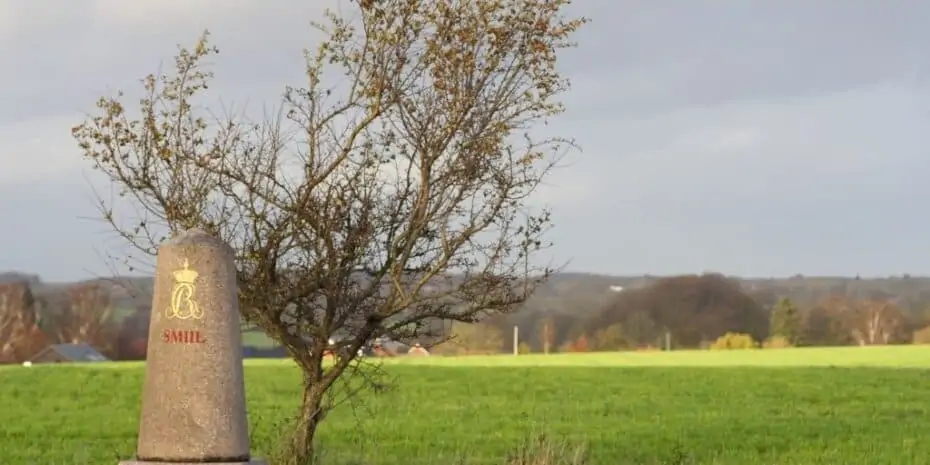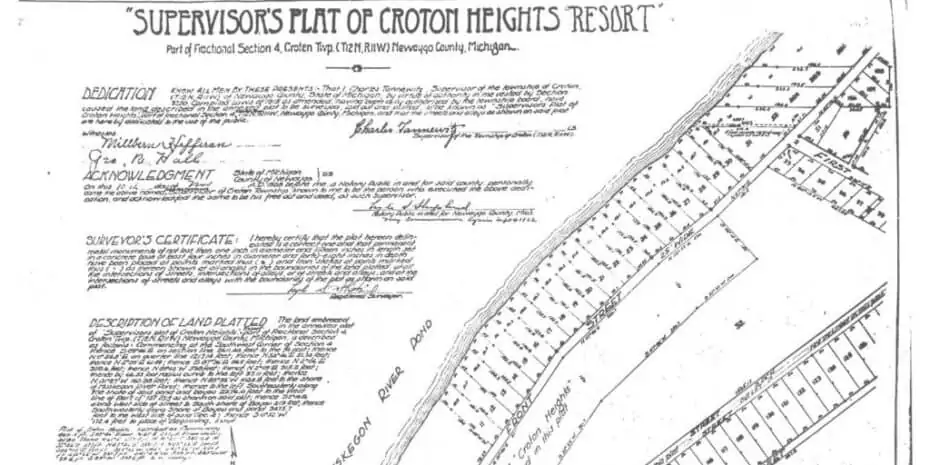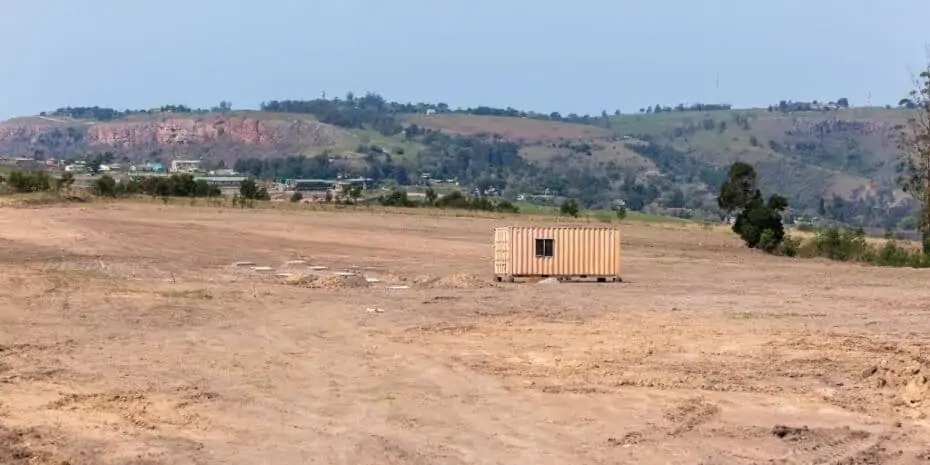What Is a Legal Description?
REtipster does not provide legal advice. The information in this article can be impacted by many unique variables. Always consult with a qualified legal professional before taking action.
Why Is a Legal Description Necessary?
The legal description of a property is a crucial set of information for every real estate transaction. It describes, in exact detail, the size, shape, location, and boundary lines of a piece of real estate.

Contrary to popular opinion, a street address is not part of a legal description. By contrast, a legal description determines the exact location of a parcel of land. Regardless of whether there is a structure (such as a house) upon that land, the only way to know who legally owns it is by identifying its boundaries, which should enclose the lot in question.
One way to find a property’s legal description is by looking at the most recent transfer deed. This document can be found in the county’s records or retrieved through a data service like DataTree, as explained below.
You can see which areas of the country have this data coverage through DataTree’s GeoCoverage map.
RELATED: Legal Descriptions: How They Work And Why They Matter
How to Create a Legal Description
According to the statute of frauds, anyone can create a legal description. The only requirement is that it is formally written and recorded on land ownership documents, such as tax records and the deed to a home or plot of land[1].
For more precision, however, most investors hire a professional surveyor.
In general, there are two ways to write a legal description: a lot-and-block format or a metes and bounds format.
Lot-and-Block Format
Often used in subdivisions, the lot-and-block format is the simplest way to write a legal description. It contains the lot/s, the block/s in which these lots are located, the subdivision, the county, and the state.
Metes and Bounds Format
The metes and bounds format places the location of a property using public surveying information. It notes a certain landmark, artificial or otherwise, and marks it as a point of beginning, and describes boundaries by its relative direction from this point.
Types of Legal Descriptions
As with different land types, different structures do not share the same kind of legal description. For instance, surveyors must describe condominiums and subdivisions differently as they do not fall under the same category[4].
Platted Land
Platted land has been “subdivided” into blocks (and even smaller lots) for real estate development, such as housing. Platted land has been approved by the local government. The map that contains this information, called the plat map, is stored in the office of the register of deeds in the county where the plat has been filed.
Platted land uses the lot-and-block format. Properties in platted land almost always comply with local zoning and development regulations[2].
Some surveyors use the terms “short plat” and “long plat.” Shortplatting is splitting property or a lot into four (or fewer) smaller lots, allowing owners to allocate lots for various purposes, such as personal use, leasing, or selling[5]. Like subdivisions, legal descriptions for short plats are written with the lot and county record but with no block number.
By contrast, a long plat is a regular subdivision of blocks and lots, as recorded with the county.
Unplatted Land
These areas have not been recorded in the county’s plat book, so they cannot be described based on a lot-and-block format. Instead, they are described through metes and bounds or the section, township, and range they belong to[3].
While the most common way to describe unplatted land is to use metes and bounds, an investor can also use the United States Public Land Survey System (PLSS). It divides land into multiple sections, quarter sections, and more. Essentially, the section, township, and range are identified in the legal description.
What Happens When the Legal Description of Land is Wrong?
Real estate investors need to pay attention to the legal description of the property they intend to purchase. They can find it in the deed of the property. While they can also find it in tax records, these may have shortened or inaccurate descriptions compared to a deed.
In particular, an investor should verify if the property is correctly recorded. If the property happens to be within a neighbor’s plot of land, it may lead to a dispute. The court is usually in favor of whoever owns the land the home is placed on, regardless of who paid for it. However, an attorney can help negotiate with neighbors if they cannot agree on terms or land divisions[6], especially if the property is included in the two legal descriptions.
BY THE NUMBERS: The Appraisal Institute estimates that an ongoing dispute with a neighbor could lower a property’s value by 5% to 10%, or more.
Source: CRES Insurance
How to Update a Legal Description
Even with painstaking effort and dedication in defining area boundaries, disputes may still happen due to outdated methods. For example, the precision of surveying methods has improved over the years, and a description made one or two decades ago may not simply be up to the standards demanded of modern life[7].
In addition, if someone has inherited a family home or a parcel of land surveyed decades ago, it may be a good idea to survey it again and update its legal description.
Here are two ways one can update their legal description.
Scrivener’s Affidavit
An individual may file for a scrivener’s affidavit to resolve minor issues in a deed, such as a typographical error. This solution is only applicable if no other major issues need to be fixed[8].
Correction Deed
Accomplishing and filing a correction deed is necessary to update major changes to a property’s legal description. It may involve adding or removing parts of the land’s boundaries or correcting technical mistakes in the original deed.
However, a correction deed cannot change the names of the owners or modify terms and conditions. Only the legal description[9]—hence its physical description—can be changed this way.
In a disputed property, the owner and the disputing neighbor may file for a correction deed provided they are willing to cooperate. Without this cooperation, it may not be possible to amend mistakes in the land distribution since the neighbor’s area will be affected as well. Again, an attorney can help resolve the issue.
Takeaways
- A legal description specifies the exact location and boundaries of a specific piece of land. It is necessary when transferring ownership of land.
- Anyone can write a legal description, but a professional surveyor can do so accurately.
- Legal descriptions are written differently depending on the type of land or home an individual owns. The two common formats are lot-and-block and metes and bounds.
Sources
- Flatirons. (2011.) What is a legal description, and who can prepare one? Retrieved from https://www.flatironsinc.com/blog/what-is-a-legal-description-and-who-can-prepare-one/
- Ticor Title. (2011.) Real Estate Legal Descriptions in Plain English. Retrieved from https://myticor.com/real-estate-legal-descriptions-in-plain-english/
- Brown, Z. (2020). The Basics of Platting Property. Clark, Campbell, Lancaster & Munson, P.A. Retrieved from https://www.lakelandlaw.com/the-basics-of-platting-property/
- Perez, G. (n.d.) Short Plats / Short Subdivisions. Land Development Realities. Retrieved from https://www.landdevelopmentrealities.com/home/2019/12/5/short-plats-short-subdivisions
- American Abstract & Title Company. (n.d.) Frequently Asked Questions. Retrieved from http://americanabstractandtitle.com/faq.html
- Anderson Hunter Law. (2019.) IN A PROPERTY DISPUTE? HERE’S WHAT YOU NEED TO KNOW. Retrieved from https://andersonhunterlaw.com/blog/property-dispute-what-you-need-to-know
- Redhawk Land Surveying. (2019). The Journey of Land Survey – From Ancient to Present. Retrieved from https://www.redhawksurveying.com/articles/the-journey-of-land-survey-from-ancient-to-present
- Stevens, V. (n.d.). What Is a Scrivener’s Affidavit? LegalBeagle. Retrieved from https://legalbeagle.com/6241488-scriveners-affidavit.html
- Deeds.com. (2019.) An Error in the Legal Description of the Deed: What Happens Now? Retrieved from https://www.deeds.com/articles/an-error-in-the-legal-description-of-the-deed-what-happens-now/









